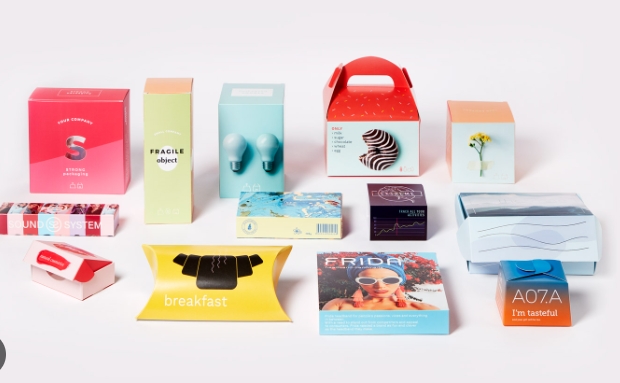In the world of business, first impressions matter. Your product packaging is often the first thing customers see, so it’s important to make it count. Custom product packaging design is an art form that can help you stand out from the competition and make a lasting impression on your customers. Here, we’ll walk you through the steps to create effective and eye-catching custom product packaging.
1. Understand your brand and target audience
Before you start designing your custom product packaging, it’s important to have a clear understanding of your brand and target audience. What message do you want to convey with your packaging? What emotions do you want to evoke in your customers? By understanding your brand and target audience, you can create packaging that resonates with them and helps to strengthen your brand identity.
2. Research your competitors
Take a look at what your competitors are doing in terms of packaging design. What works well for them? What doesn’t? Use this information to inform your own packaging design and find ways to differentiate yourself from the competition. Your goal is to create packaging that stands out on the shelf and attracts customers to your product.
3. Consider the practical aspects
While aesthetics are important, it’s also crucial to consider the practical aspects of your custom product packaging design. Will your packaging protect your product during shipping and storage? Is it easy for customers to open and use? Does it meet any legal requirements for labeling? Make sure your packaging is not only visually appealing but also functional and user-friendly.
4. Choose the right materials
The materials you choose for your custom product packaging can have a big impact on the overall look and feel of your product. Consider factors such as durability, sustainability, and cost when selecting materials for your packaging. You may also want to consider using eco-friendly materials to appeal to environmentally-conscious consumers.
5. Create a strong visual identity
Your custom product packaging should reflect your brand’s visual identity and values. Use colors, fonts, and imagery that are consistent with your brand to create a cohesive look across all of your packaging. Make sure your packaging design is eye-catching and memorable to help your product stand out on the shelf.
6. Get feedback and make revisions
Once you have a design for your custom product packaging, it’s important to get feedback from others. Show your design to friends, family, or colleagues to get their input. Make any necessary revisions to improve the design before finalizing it.
7. Work with a professional designer
If you’re not confident in your design skills, consider working with a professional designer to create your custom product packaging. A designer can help you bring your vision to life and create packaging that truly stands out. Look for a designer with experience in packaging design and a portfolio of successful projects.
In conclusion, custom product packaging design is a crucial aspect of your overall branding and marketing strategy. By following these steps, you can create packaging that not only protects your product but also attracts and engages customers. Invest the time and effort into creating custom product packaging that truly reflects your brand and sets you apart from the competition.

